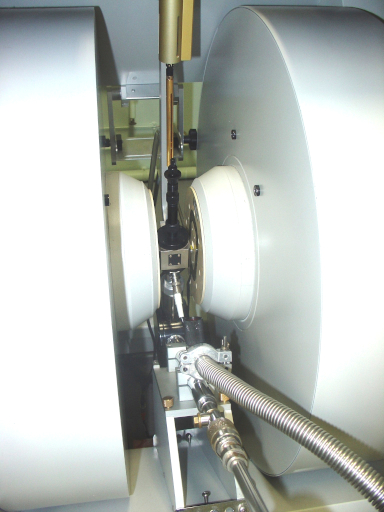Biophysique des métalloprotéines et des systèmes dynamiques
Biophysics of metalloproteins and dynamic systemsMethods
To perform our research, we use various techniques ranging from biochemistry to advanced biophysical and computational methods. Some details can be found below on the different expertise available in the team.
Biochemistry
We perform heterologuous expression of desired proteins in Escherichia coli. Biochemical methods of characterization and identification of proteic domains are used. We prepare on site protein samples for biophysical charaterization.

Electron Paramagnetic Resonance (EPR) is a central technique for characterizing paramagnetic species. In the field of Life Sciences, it is particularly well suited for molecular analysis of biological systems, their functions and interactions.
Rapid kinetics
FREEZE QUENCH – STOPPED FLOW
Freeze quench and stopped flow apparatus are available. They allow to mix two different solutions (reduced protein and an oxygenetated buffer for example) and follow on the ms timescale by UV-visible spectroscopy the reaction of interest that results (stopped flow). Key intermediates can then be trapped by freezing the mixture in an isopentane bath after a given evolution time, and studied by spectroscopy.

DFT and MD calculations


Spin labelling
Site-Directed Spin Labeling (SDSL) combined to Electron Paramagnetic Resonance (EPR) is a powerful technique used since the 90s to study structural modification of proteins in solution. The technique is based on the introduction of a spin label (usually a nitroxide) on a specific position (usually introduced by mutagenesis) in the protein.
Redox Titration
We have different electrochemical cells in which we can prepare biological samples equilibrated at a given potential under anaerobic conditions. These samples can then be transferred to EPR tubes to follow the intensity of a given signal as a function of potential allowing the determination of the oxidation and/or reduction potential of the species of interest.


